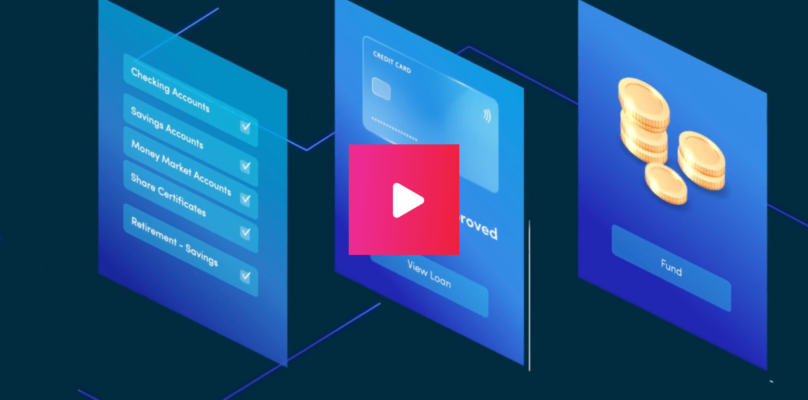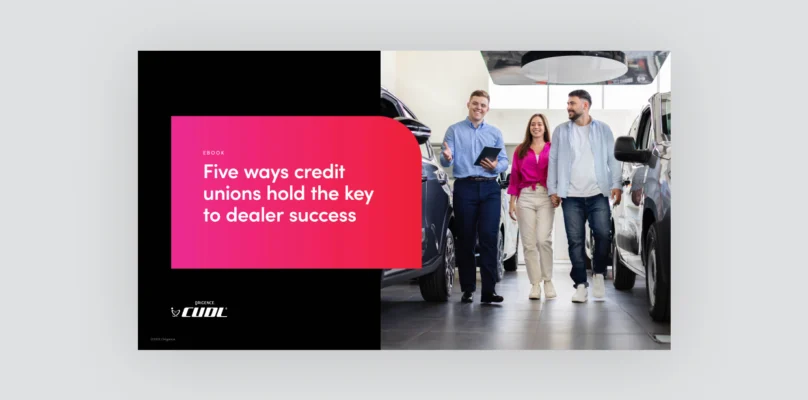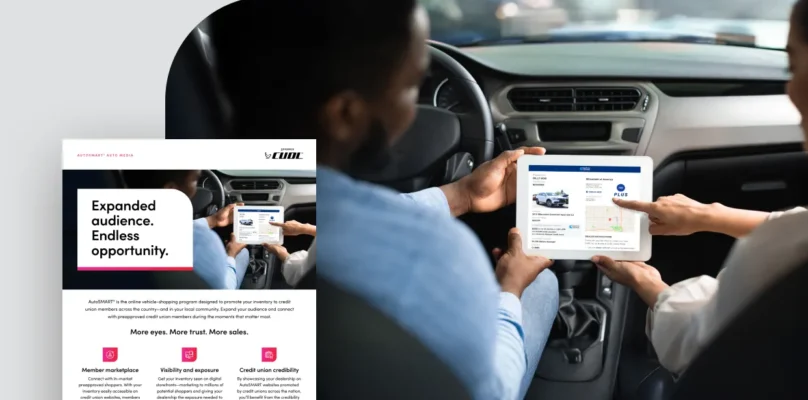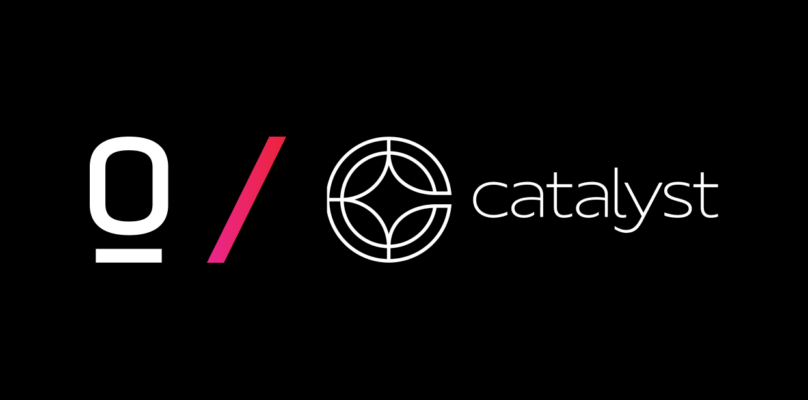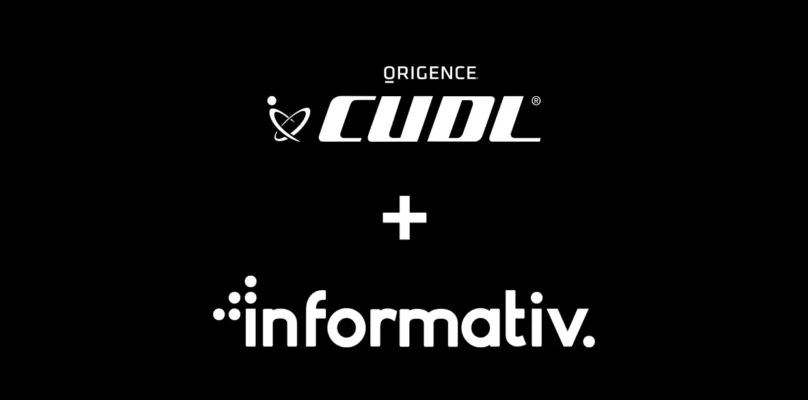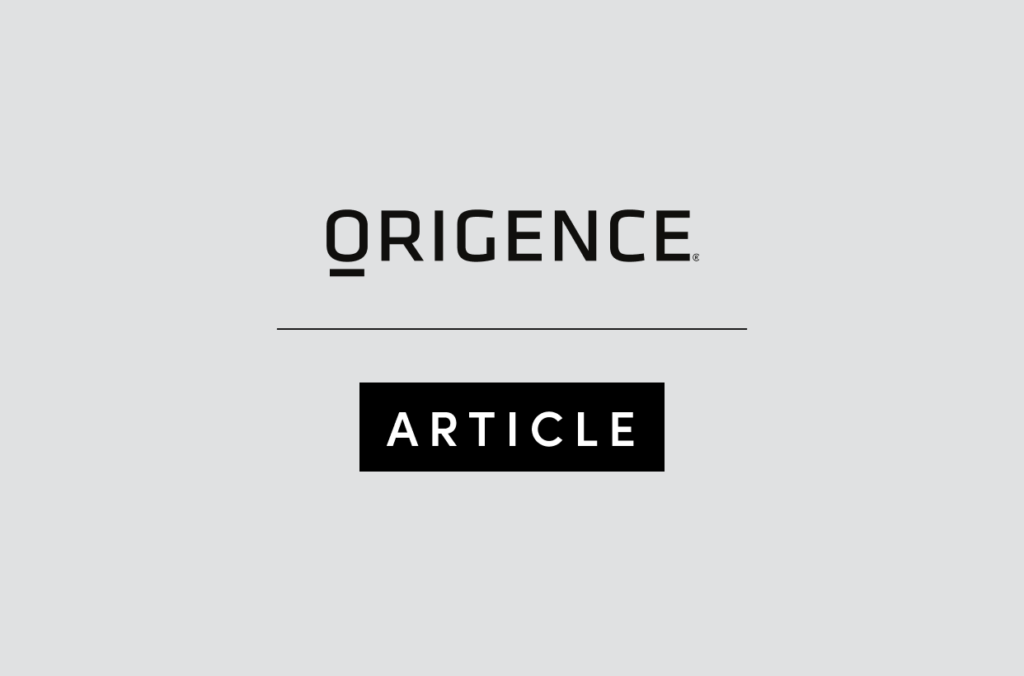How can your credit union put in place a top-notch indirect lending program? Or juice up your existing indirect loan efforts? Origence recently hosted a webinar featuring executives from two credit unions that have had remarkable success using the CUDL platform.
Lisa McDaniel, AVP of indirect lending for $3.2 billion Knoxville TVA Employees Credit Union, Knoxville, Tennessee, and Tami Rachels, indirect lending sales manager at $1.3 billion Honor Credit Union, Berrien Springs, Michigan, told the audience that experience, communication and the ability to fund quickly are three of the keys.
Indirect beginnings
At Knoxville TVA Employees credit union, 46 percent of its total loans are indirect loans, while Honor credit union have 21 percent of its total loans in the indirect category.
Rachels noted Honor’s indirect program started in 2009. The credit union joined CUDL in 2019 stating that, “we really needed the efficiencies CUDL was able to provide compared to the portal we were using.”
TVA began its indirect program in 1994 with six dealerships, McDaniel noted. “We have grown to about 140 dealerships. Having experienced lenders is key, as is having consistent lending decisions in the program. Fast funding through CUDL has been wonderful for us. And it goes without saying, you have to build those relationships with dealers.”
Rachels agreed with McDaniel’s suggestions, and said Honor tries to do same-day funding, or at worst next-day. “For underwriting, CUDL gave us a decision engine we did not have before,” she reported. “And yes, building relationships with dealers is huge.”
Keys to successful partnerships
Cory Kadela, AVP of credit union sales for Origence, served as moderator on the webinar. He asked the panelists to share insights on how they target which dealers to prioritize.
Rachels noted that Honor CU uses both in-person visits and research of a dealer’s website to determine what type of inventory dealers have.
“We let them know our expectations as far as look-to-book ratio, and we want to know if we approve a loan will we get a chance to fund it,” Rachels explained. “We also want to ensure we are the right fit for them and are able to service them the way they want to be serviced.”
McDaniel noted when TVA is looking to add a dealership to its program, reputation is very important.
“We check with our branch managers, because a lot of time they have experience with a dealership,” McDaniel said. “We also talk to our members to see about their comments on dealerships. We really try to vet the dealership before we go into it.”
Kadela said one of the concerns some credit unions express about moving their platform to CUDL from another provider is dealers’ desire to stick with the status quo. He asked the panelists to describe the journey, given both credit unions had made the switch.
McDaniel offered that “We were the pioneer here. It was a challenge, but I really believe if you have a strong indirect program and a strong relationship with those dealerships, they will follow you.”
Honor CU was not the pioneer, but it was just the second credit union in its area to change to CUDL, Rachels said. “We had some dealers that said they were not going to jump over, but when we moved over, they did not want to lose a second credit union. Our members are very loyal, they want to do business with Honor, so that definitely helped. The dealers knew if they could not provide a loan to our members, they were going to lose a lot of business. We showed them the efficiencies of CUDL, the same-day funding, there are a lot of factors that make the switch worth it.”
The CUDL advantage
Asked about advantages of CUDL compared to previous platforms, Rachels said Honor now has pre-approval letters available that it did not have before. “When someone goes shopping, they want to be approved first. It doesn’t matter which dealer they go to – as soon as they provide a little bit of information, the dealers have access to our approval. Funding is completely electronic. They upload their paperwork and we can fund it the same day.”
This is also true for TVA according to McDaniel. “We utilize ACH funding. With the pandemic we were ahead of the curve in going completely paperless. CUDL provides wonderful reporting, they give us tools to stay on top of the dealerships as well as our staff. We have SmartFund, so we do not require original documentation. All of our forms are mapped in CUDL, so the dealer just has to click on it. CUDL certainly has made us very efficient.”
Added Rachels: “We also use SmartFund and pre-filled forms. We didn’t have that before, and it is definitely huge. We can use e-mail messages to note a missing form and then prompt electronic funding. Dealers get paid their reserve at the same time as financing.”
Both credit unions have just two dealer reps, so they leverage the CUDL field staff whenever possible. McDaniel said TVA has one full-time dealer rep, plus one part-time dealer rep who works a couple days a week, while she and several other staffers also make it a point to visit dealers. “We are very hands-on. As we add a new dealership, our CUDL rep is always there to help with training and anything else we need.”
When asked for the keys to keeping an indirect program strong and growing, Rachels replied, “Feedback from the dealers is huge. We need to know if they have any complaints, or if there are features they have seen with other programs. We have added many features over the years based on dealer feedback.”
Fast funding is a key for TVA, McDaniel said, and its buyers have a lot of flexibility. “We have guidelines, but dealers know they can pick up the phone or send us a message through CUDL. They might need us to stretch on loan-to-value, and upper management allows us to, and dealers appreciate that.”
Both credit unions closed by noting they expect to grow their programs in 2022.




